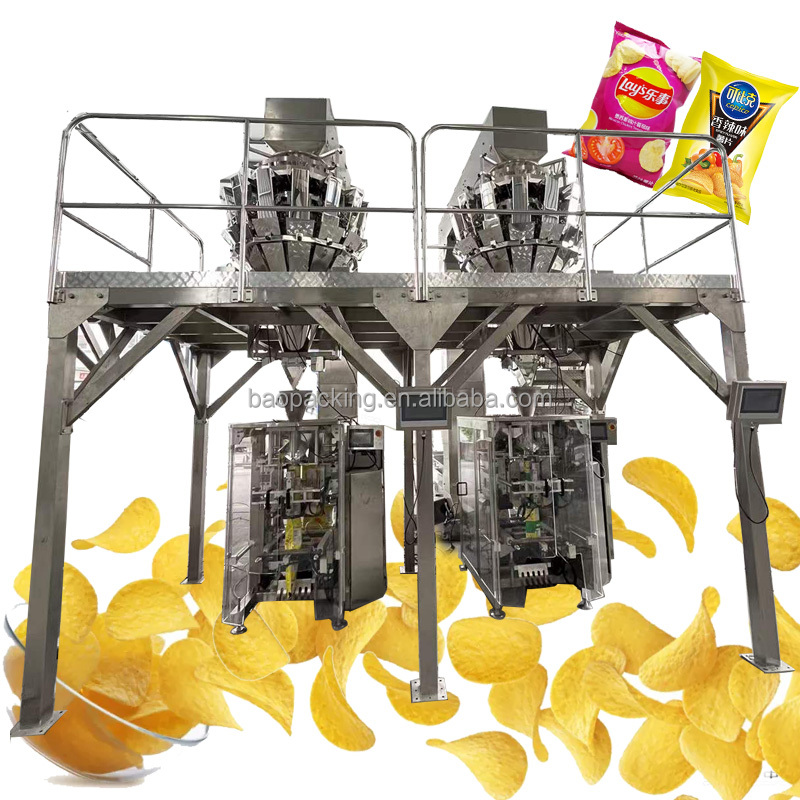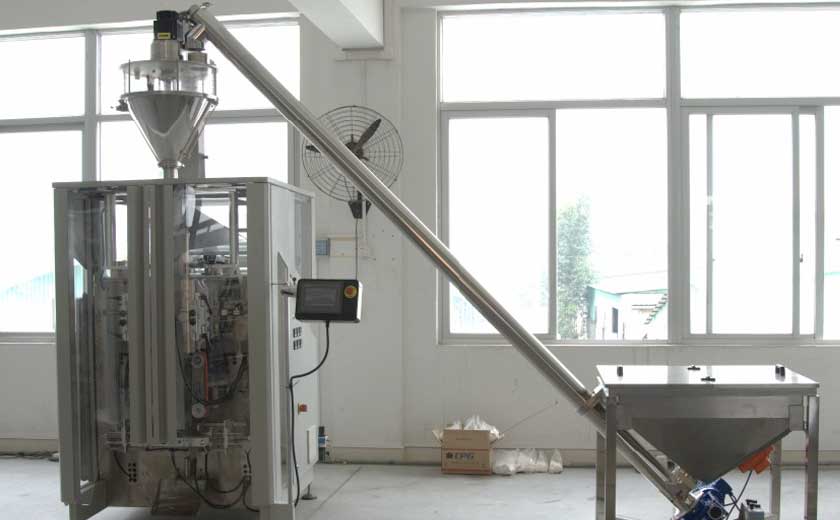The Environmental Impact of Modern Auto Weighing Filling Machines
Weighing and filling machines play a vital role in the manufacturing industry. They ensure that products are packaged with the correct weight and volume, reducing waste and ensuring quality control. Modern auto weighing filling machines have introduced a level of efficiency and precision to this process, but it is crucial to consider their environmental impact.
Resource Consumption
Auto weighing filling machines typically require significant energy consumption during production. The complex electronic systems, motors, and pumps all contribute to their power draw. Additionally, the machines often utilize compressed air or hydraulic systems, which can also be energy-intensive.
Material Usage
The construction of auto weighing filling machines involves the use of various materials, including metals, plastics, and electronics. These materials may have a high environmental impact during their extraction, manufacturing, and disposal. Some machines may also require the use of disposable components, such as liners or filters, which contribute to landfill waste.
Emissions
Depending on their design, auto weighing filling machines can generate both greenhouse gases and air pollutants. The energy consumption of these machines can lead to increased carbon emissions, while the operation of pneumatic or hydraulic systems may release pollutants like volatile organic compounds (VOCs).
Water Footprint
Although not as significant as their energy and material impacts, auto weighing filling machines may have a minor water footprint. The cleaning and maintenance of these machines can consume water, and some models may require water cooling systems for their electronics or hydraulics.
Environmental Optimization Strategies
To mitigate the environmental impact of modern auto weighing filling machines, several optimization strategies can be adopted:
Energy Efficiency: Selecting machines with energy-efficient components and optimizing operating parameters can reduce power consumption.
Sustainable Materials: Using recycled or renewable materials in the construction of machines can minimize environmental impact.
Emission Reduction: Implementing emission control systems or utilizing cleaner energy sources can help reduce greenhouse gas emissions and air pollution.
Water Conservation: Employing water-saving cleaning methods and implementing water recycling systems can minimize water usage.
Responsible Disposal: Proper disposal of machine components and consumables, including recycling and waste minimization, is essential.
Modern auto weighing filling machines offer significant advantages in efficiency and precision, but it is imperative to be aware of their environmental impact. By adopting optimization strategies, manufacturers can reduce resource consumption, minimize emissions, and ensure the sustainability of their operations. As technology continues to evolve, we can expect further innovations that balance the benefits of these machines with their environmental footprint.
-

Overview of Packaging Machine Buying Guides
08-01-2024 -

How Does a Vertical Form Fill Seal Machine Work?
30-10-2023 -

Advancements in Auger Powder Filling Technology
27-10-2023 -

A Deep Dive into Automatic Packaging Machines
26-10-2023 -

The Revolutionary Fully Automatic Potato Chips Packaging Machine
20-09-2023 -

How to choose the right packaging machine?
23-08-2023 -

Reducing Waste And Maximizing Yield With Multihead Weigher Machines
15-03-2023 -

Nuts Packaging Machine for Dry Products Perservation
26-11-2022 -

Is Automated Biscuit Packaging Machine Better Than Manual Opeartion?
25-11-2022





